Porsche, Siemens Energy and partners advance climate-neutral eFuels development; Haru Oni pilot in Chile
Green Car Congress
DECEMBER 3, 2020
Electrolyzers will use wind power to produce green hydrogen. In a second step, plans call for filtering CO 2 out of the air and then combining it with the green hydrogen to form synthetic methanol. Part of the e-Methanol will be converted to e-Gasoline (130,000 liters per year).

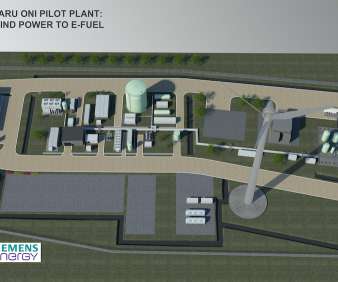
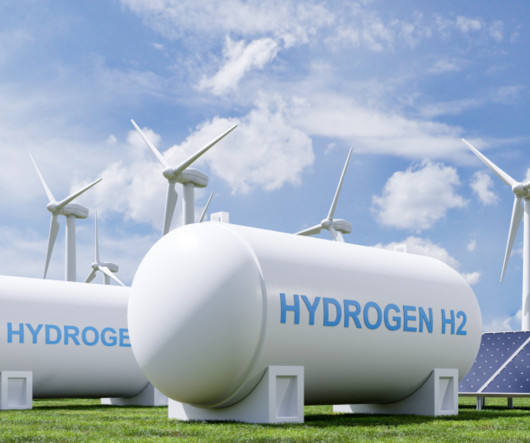





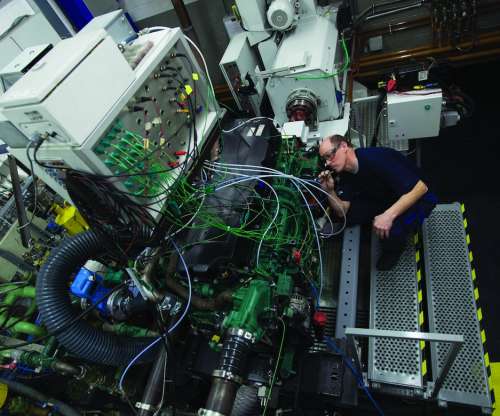











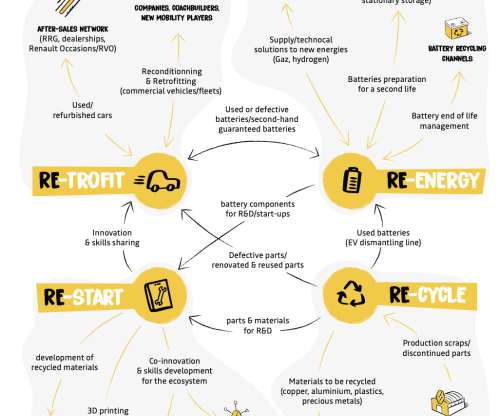




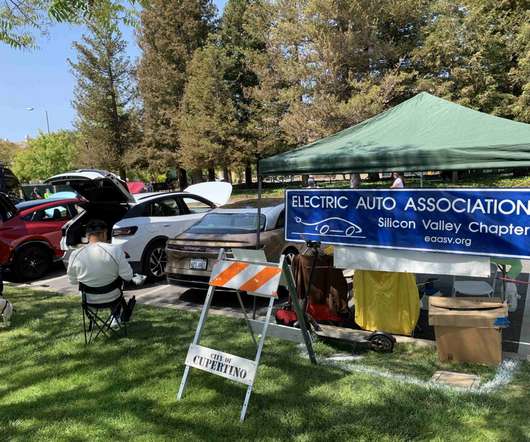
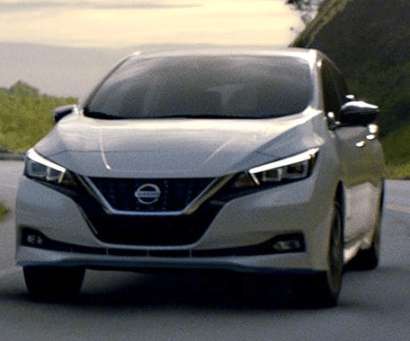






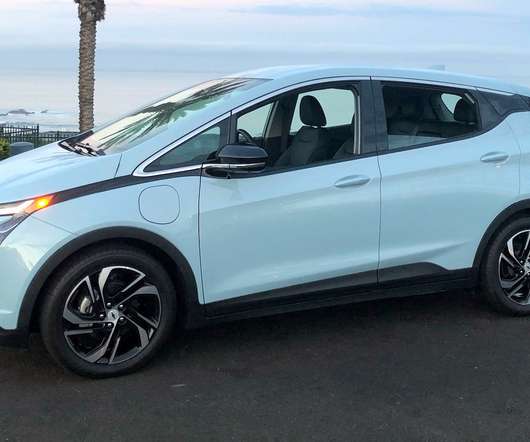
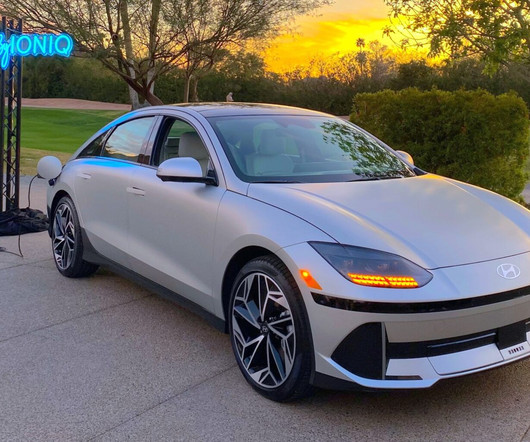







Let's personalize your content